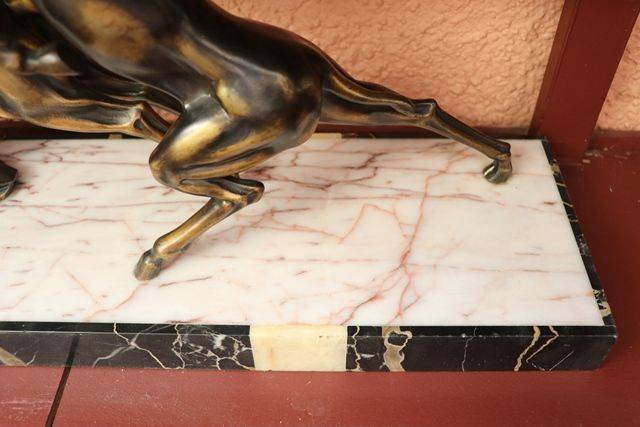
In the years before electricity, lamps used oil. Proper table lamps have long been used for lighting our most intimate spaces. A well-crafted antique or vintage table lamp does more than provide light the right fixture-and-table combination can add a focal point or creative element to any interior. Perfect for lighting your nightstand or reading nook, table lamps play an integral role in styling an inviting room. Today, the style is still favored by interior designers looking to infuse a home with an air of luxury and sophistication.įind a collection of vintage Art Deco dressers, coffee tables, decorative objects and other furniture on 1stDibs. From mother-of-pearl inlaid vitrines to chrome aviator chairs, bold and inventive works in the Art Deco style include chaise longues (also known as chaise lounges) and curved armchairs.

(Streamline Moderne, sometimes known as Art Moderne, was a phenomenon largely of the 1930s, post– Art Nouveau.)Īrt Deco textile designers employed dazzling floral motifs and vivid colors, and while Art Deco furniture makers respected the dark woods and modern metals with which they worked, they frequently incorporated decorative embellishments such as exotic animal hides as well as veneers in their seating, case pieces, living room sets and bedroom furniture. This is particularly true of American Art Deco, which is also called Streamline Moderne or Machine Age design. “Art Deco design” is often used broadly, to describe the work of creators in associated or ancillary styles. The term Art Deco derives from the name of a large decorative arts exhibition held in Paris in 1925. Widely known designers associated with the Art Deco style include Émile-Jacques Ruhlmann, Eileen Gray, Maurice Dufrêne, Paul Follot and Jules Leleu. The iconic movement made an indelible mark on all fields of design throughout the 1920s and ’30s, celebrating society’s growing industrialization with refined elegance and stunning craftsmanship. The term alone conjures visions of the Roaring Twenties, Machine Age metropolises, vast ocean liners, sleek typography and Prohibition-era hedonism.

Term derives from 1925’s Exposition Internationale des Arts Décoratifs et Industriels Modernes (International Exhibition of Modern Decorative and Industrial Arts) in Paris, France.Flourished while the popularity of Art Nouveau declined.

More than its emphasis on natural wood grains and focus on traditional craftsmanship, vintage Art Deco dining chairs, tables, desks, cabinets and other furniture - which typically refers to pieces produced during the 1920s and 1930s - is an ode to the glamour of the “Roaring Twenties.” The Pterophyllium or angel fish (see photo), is a tropical freshwater fish.Art Deco furniture is characterized by its celebration of modern life.

Original and rare pair of bookends in Art Deco style the design is essential with bold, marked lines, overall pleasingly elegant and proportionate the fish, made of spelter a schematic representation of two angel fish (Pterophyllum Scalare) the rectangular base with two shaped corners is made of black Marquinia marble the pair was produced by sophisticated spelter casting in an artisanal workshop in Saint-Ouen, a quaint suburb of Paris, France, between 19 master craftsmen then finished the objects by hand to give them a delicate and graceful shape, then subjected them to a delicate and complex treatment with special and secret acids to make them take on elegant bronze hues, then they were placed on a precious base of elegant black Marquinia marble the craftsmen were able to submit metal to their artistic sensibilities, creating two unique and fantastic objects. We kindly suggest you read the whole description, because with it we try to give you detailed technical and historical information to guarantee the authenticity of our objects.


 0 kommentar(er)
0 kommentar(er)
